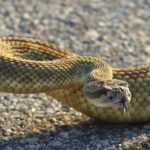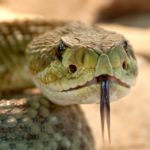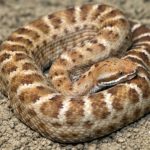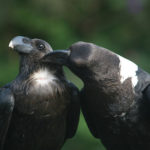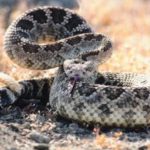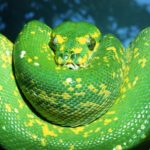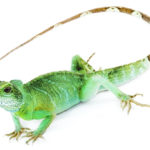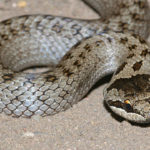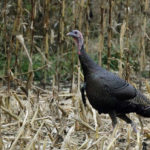Rattlesnakes
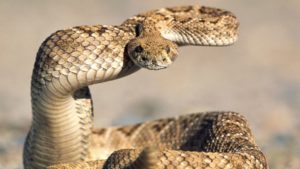 Ordinary rattlesnake or rattler – a kind of reptiles, a squamous group, a family of Viper, subfamily Yamkogolovye. The main distinctive feature of the common giant snake (as well as all representatives of this genus) is the presence of a special rattle or rattle at the end of the tail, consisting of a series of horn cones nested in each other and sitting on the 6-8 last caudal vertebrae, enlarged and welded together. The ratchet represents a modification of the tail scales. The cones forming the rattle are not formed when molting, and the number of them does not correspond to the number of lines.
Ordinary rattlesnake or rattler – a kind of reptiles, a squamous group, a family of Viper, subfamily Yamkogolovye. The main distinctive feature of the common giant snake (as well as all representatives of this genus) is the presence of a special rattle or rattle at the end of the tail, consisting of a series of horn cones nested in each other and sitting on the 6-8 last caudal vertebrae, enlarged and welded together. The ratchet represents a modification of the tail scales. The cones forming the rattle are not formed when molting, and the number of them does not correspond to the number of lines.
The body length of an ordinary rattlesnake reaches 1.6 meters (the largest specimens reach 2 meters) in length. Above, the snake’s body is colored gray-brown with irregular black stripes. Below the body is yellowish white with small black dots.
Ordinary rattlesnakes live mainly in uninhabited, dry and stony areas, where there is water nearby. It mainly lives in the holes of rodents and coastal swallows, expanding them if necessary, and also under rocks. He leads a nocturnal life, although often warms himself in the sun. The rattlesnake feeds on small mammals, birds and amphibians.
The rattlesnake is lazy and immobile, although it can quickly crawl, pursuing prey. The period of reproduction of rattlesnakes comes in the spring, and the snakes often gather in large balls, like ordinary vipers. In August the female lays eggs, from which in a few minutes young snakes come out.
An ordinary rattlesnake is widespread on the continent of North America from the Gulf of Mexico to 46 ° N latitude. In the western part of the United States of America there is the largest number of representatives of this species of reptiles. In the eastern part of the continent, the rattlesnake is practically not widespread in the north.
The rattlesnake does not attack the person. When approaching, he turns off the ring, raises his head and tail and moves the rattle heavily, producing a characteristic rustle, which is often heard during crawling. Thus, the snake warns people about the danger. If at this time to move away from the snake, then it will keep its threatening pose for some time, and then it will quietly crawl away, but if you are tempted to approach it, then the bite is inevitable. During the attack, the rattlesnake opens its mouth wide, giving forward the poisonous teeth.
From the bite of the rattlesnake, even the most dense jeans will not be saved, since the snake has rather long and sharp teeth. The poison of rattlesnakes has a neuro-paralytic effect on the human body. A few hours after the bite there is dizziness, nausea, profuse sweating. Later, breathing becomes difficult, heart problems occur. If you turn to a doctor in time, the bitten person can be saved. Complete recovery occurs only 2-3 weeks after treatment.
